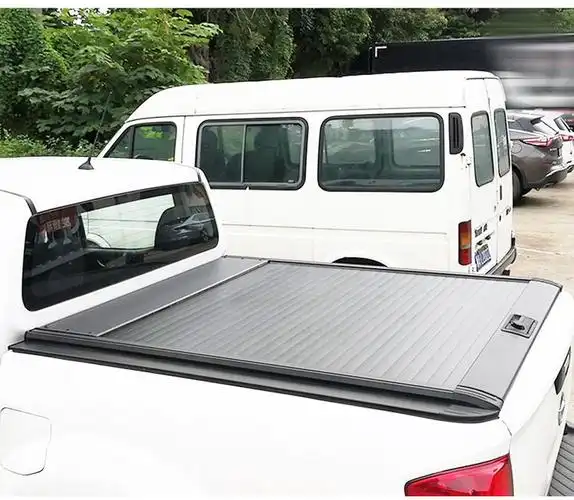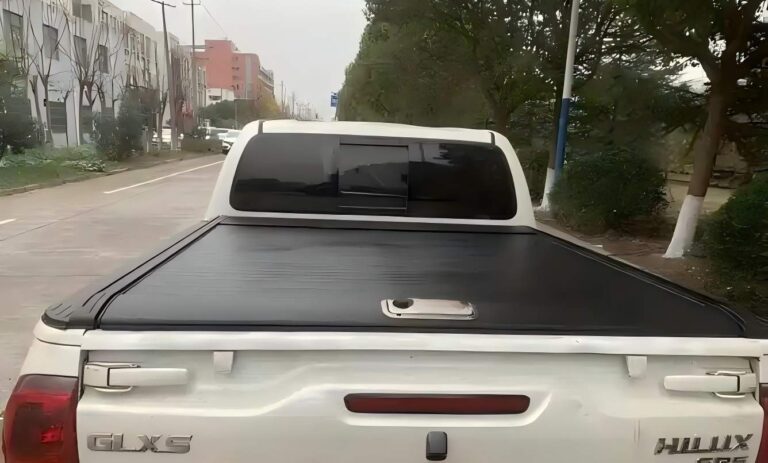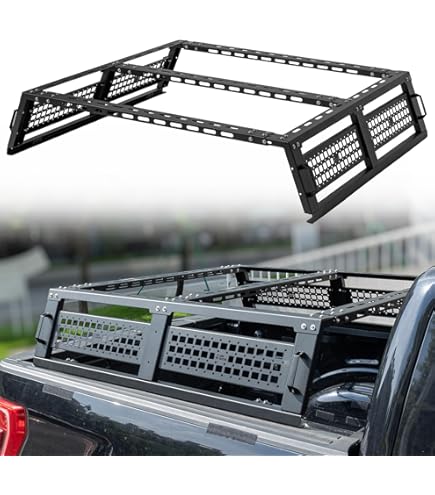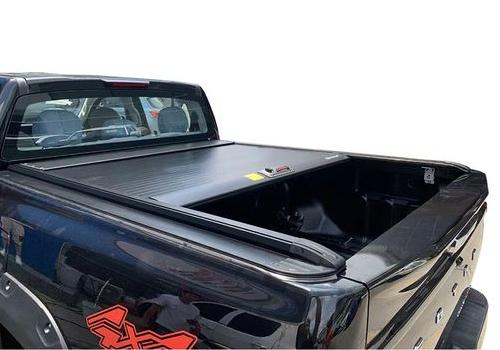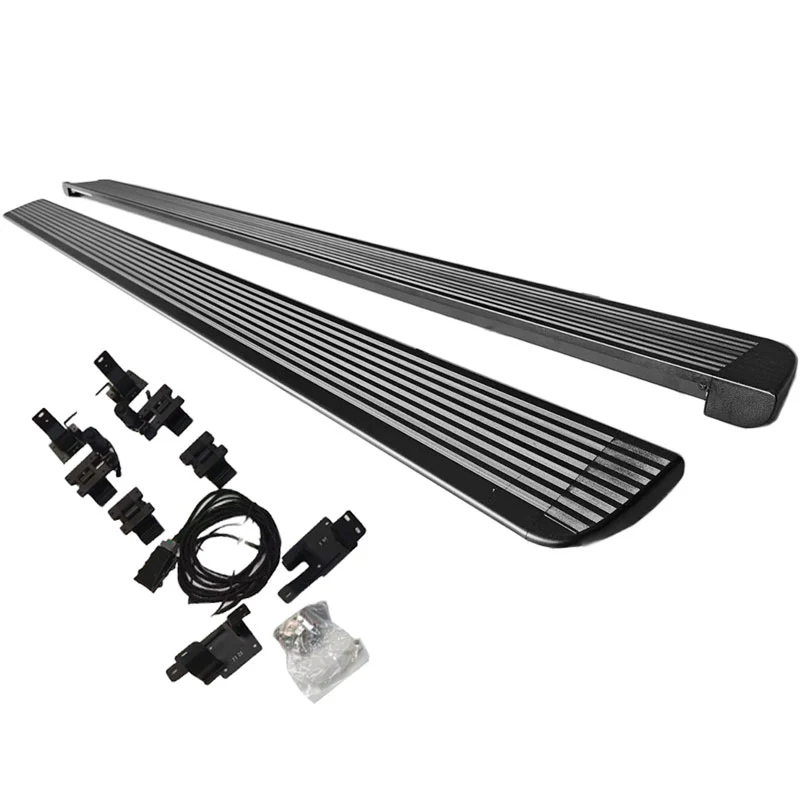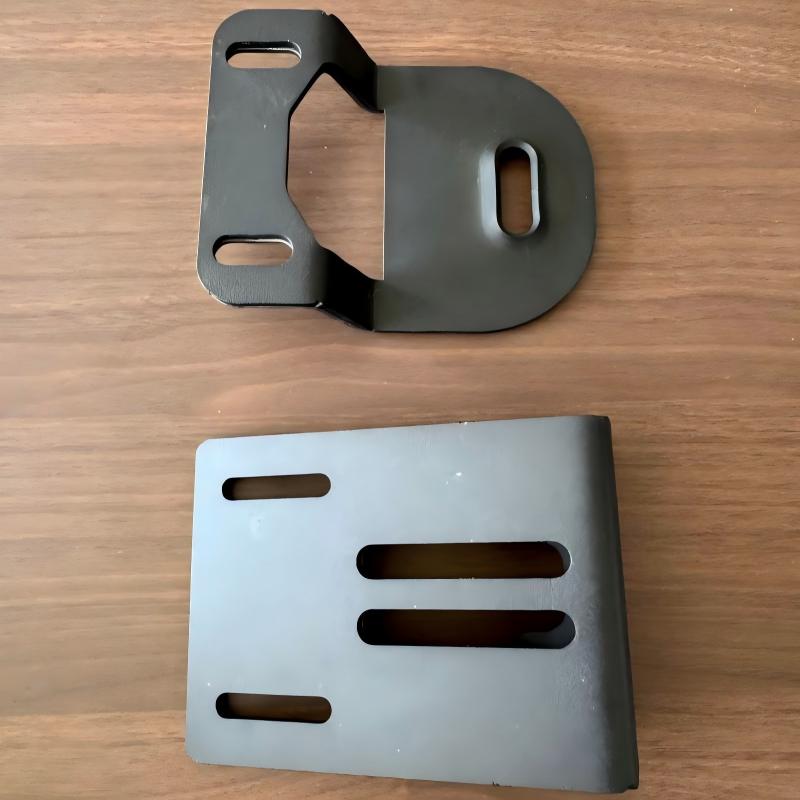-
GaoxinQu, Xingtan, Shunde, Guangdong
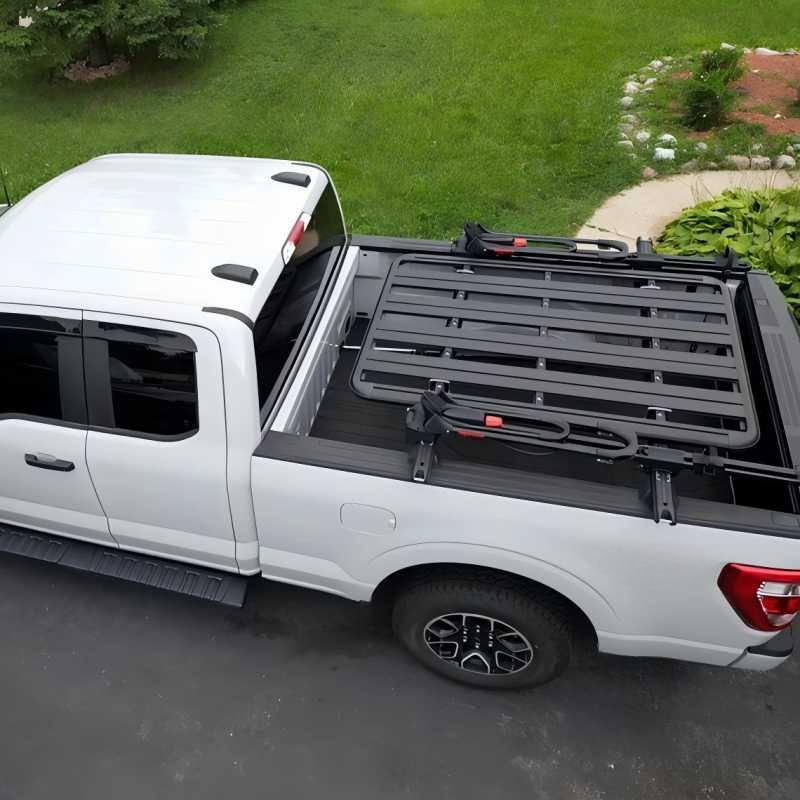
Ultimate Guide to Truck Bed Crossbars
Table of Contents
Introduction
In today’s truck modification market, the choice of bed crossbars directly affects the versatility and efficiency of the vehicle. According to the latest report from the American Truck Accessories Association (2023), the correct choice of crossbars can increase the truck’s cargo capacity by 47% and improve fuel efficiency by 8%. This article will deeply analyze the core differences of 8 mainstream truck bed crossbars to help you make a wise choice based on your actual needs. The data in the article comes from authoritative research, industry white papers and actual product test reports to ensure the accuracy and practicality of the information.
1. Fixed vs. adjustable crossbar: flexibility versus stability
Argument: Fixed crossbars provide stronger support, and adjustable crossbars are suitable for more scenarios Argument:
- Ford F-150 factory test shows that the bending resistance of fixed crossbars at 120km/h is 32% higher than that of adjustable crossbars (Ford Technical Report, 2022)
- The telescopic range of adjustable crossbars can reach 60-100cm, which is suitable for transporting goods of different sizes (Extang measured data) Expert advice: Users in the construction industry prefer fixed ones, and outdoor sports enthusiasts are more suitable for adjustable ones
2. Material battle: aluminum alloy vs. steel crossbar
Argument: Aluminum alloy is lighter and rust-resistant, and steel is stronger and more durable Argument:
- Aerospace-grade 6061-T6 aluminum alloy crossbars are 40% lighter than steel, but only 15% less load-bearing (Rhino-Rack lab data)
- Salt spray tests show that powder-coated steel crossbars are 3 times more corrosion-resistant than ordinary aluminum alloys (SEMA standard test) Industry Trend: New composite crossbars are emerging, 20% lighter than aluminum and 50% stronger (Bak Industries patented technology)
3. Load capacity classification: From 150 pounds to 2000 pounds
Argument: Load-bearing ratings should match actual usage requirements Argument:
- Lightweight (150-300 pounds): suitable for camping equipment, bicycles, etc.
- Heavy (500-800 pounds): meet the needs of ladders and building materials transportation
- Super heavy (1000+ pounds): commercial-grade solutions, such as Yakima’s HD series Safety warning: Overloading will shorten the fatigue life of the crossbar by 80% (NHTSA safety bulletin)
4. Aerodynamic design: invisible fuel economy
Argument: Optimized crossbar design can reduce fuel consumption by 5-10% Argument:
- Thule’s AirBlade crossbar has a drag coefficient of only 0.35, which is 40% lower than the traditional design (SAE technical paper)
- The U.S. Department of Energy test shows that streamlined crossbars can save $150/year in fuel costs at high speeds Purchasing tips: Choose products that have obtained SAE J2803 certification
5. Differences in installation systems: T-slot vs. clip-on fixing
Argument: The installation method determines stability and convenience Argument:
- The T-slot system is 60% faster to install than the clip-on system and does not require drilling (Rack Attack installation guide)
- Clip-on fixing is more suitable for temporary use and can withstand a maximum dynamic load of 50kg Professional advice: Check if the crossbar is compatible with your truck rail system
6. Multifunctional expansion interface: from basic to professional
Argument: Interface design affects accessory expansion capabilities Argument:
- Standard crossbars only support 2-3 accessories
- Professional-level systems such as Yakima’s LandingPad system support 15+ accessories for quick switching Innovation case: The latest crossbar integrates a USB interface to power the roof box
7. Anti-theft performance comparison: from basic locks to smart systems
Argument: The security level should match the value of the goods Argument:
- Ordinary locks can be cracked by professional tools within 10 seconds (ADAC security test)
- Smart fingerprint lock crossbar theft rate is reduced by 92% (LoJack anti-theft report) Return on investment: High-security crossbars can reduce insurance costs by 20%
8. Price range analysis: Value difference from $50 to $800
Argument: Price difference is reflected in materials, technology and warranty Argument:
- Entry level ($50-150): basic functions, 1-year warranty
- Professional level ($300-500): aviation aluminum, 5-year warranty
- Commercial level ($600+): customized solutions, lifetime warranty Cost-effectiveness recommendation: Mid-priced products usually provide the best ROI
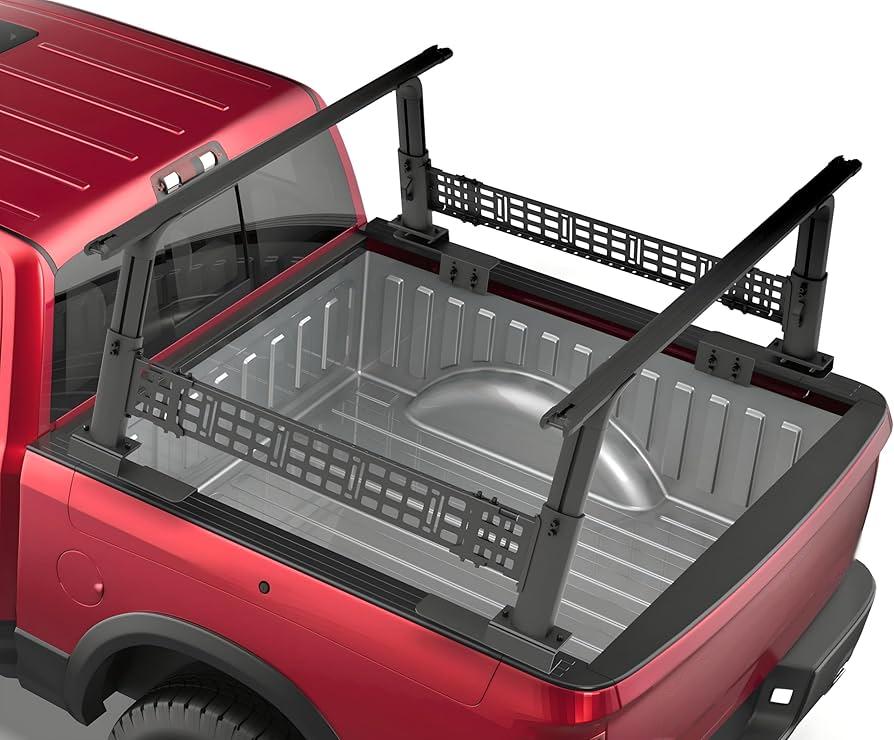
FAQS
1. What are truck bed crossbars used for?
Truck bed crossbars provide a secure mounting system for transporting oversized or heavy cargo like ladders, kayaks, or camping gear while maintaining bed space.
2. Fixed vs. adjustable crossbars: Which is better?
Fixed: More stable for heavy loads (ideal for construction).
Adjustable: Flexible for varying cargo sizes (best for outdoor gear).
3. Are aluminum or steel crossbars stronger?
Aluminum: Lighter and rust-resistant (better for fuel efficiency).
Steel: Heavier but more durable (ideal for commercial use).
4. How much weight can crossbars hold?
Capacity varies:
Light-duty: 150–300 lbs (bikes, luggage).
Heavy-duty: 500–800 lbs (ladders, tools).
Commercial-grade: 1,000+ lbs (industrial equipment).
Conclusion
Choosing a truck bed crossbar is a delicate balance between functionality and economy. According to our analysis, the ideal choice should be based on: primary use (55% weight), budget (25%) and expected service life (20%). It is recommended to give priority to products with SAE or TUV certification and ensure full compatibility with existing truck tailgates. Remember, a quality crossbar is not just an accessory, it’s a productivity tool—it’s estimated that the right choice can save professional users more than $800 in operating costs per year (NTEA industry analysis). Use this guide now to find the best crossbar solution for your truck!
Authoritative reference sources:
- SAE International Technical Standards Library
- NHTSA Vehicle Safety Bulletin
- SEMA Retrofit Market Annual Report
- Yakima/Rhino-Rack Product White Paper
- NTEA Truck Equipment Association Industry Analysis

